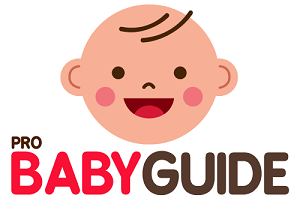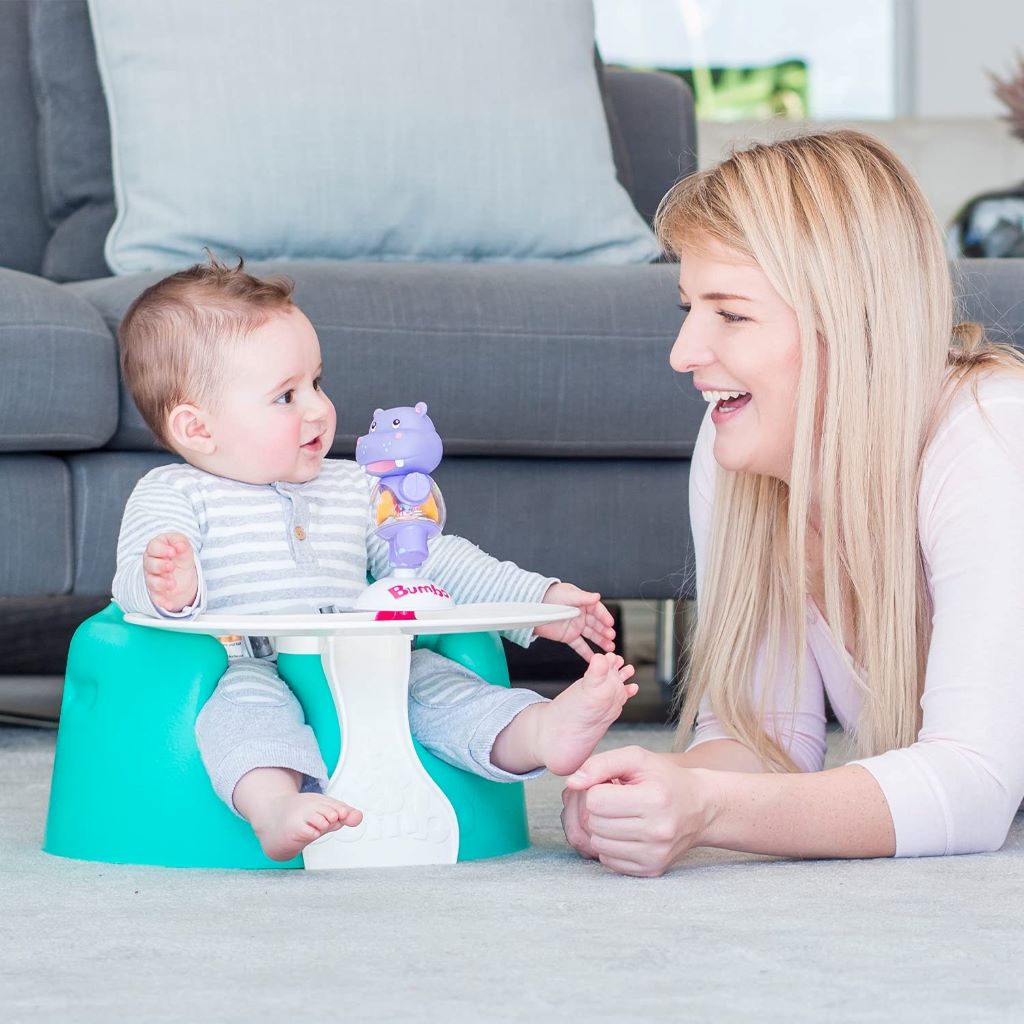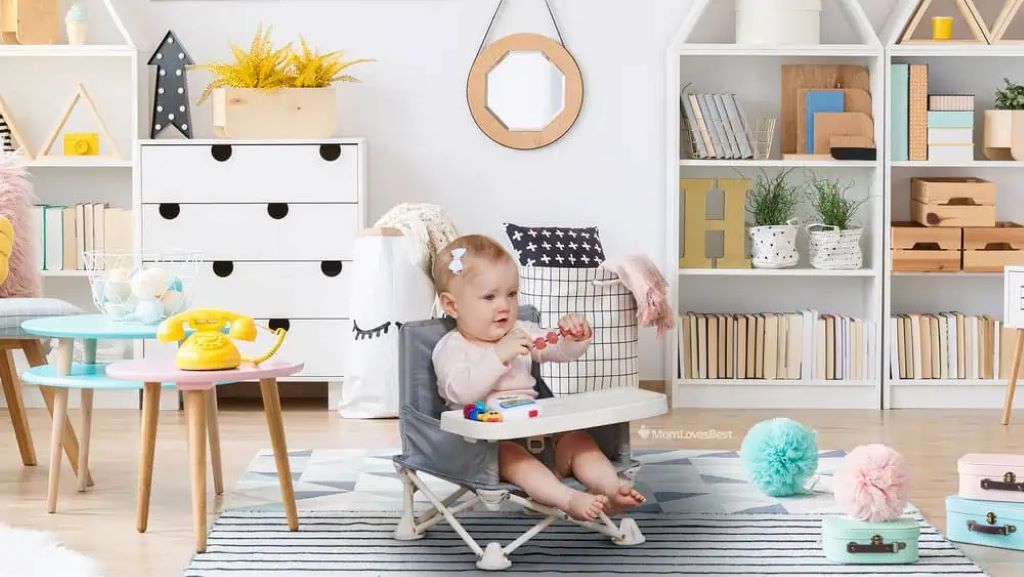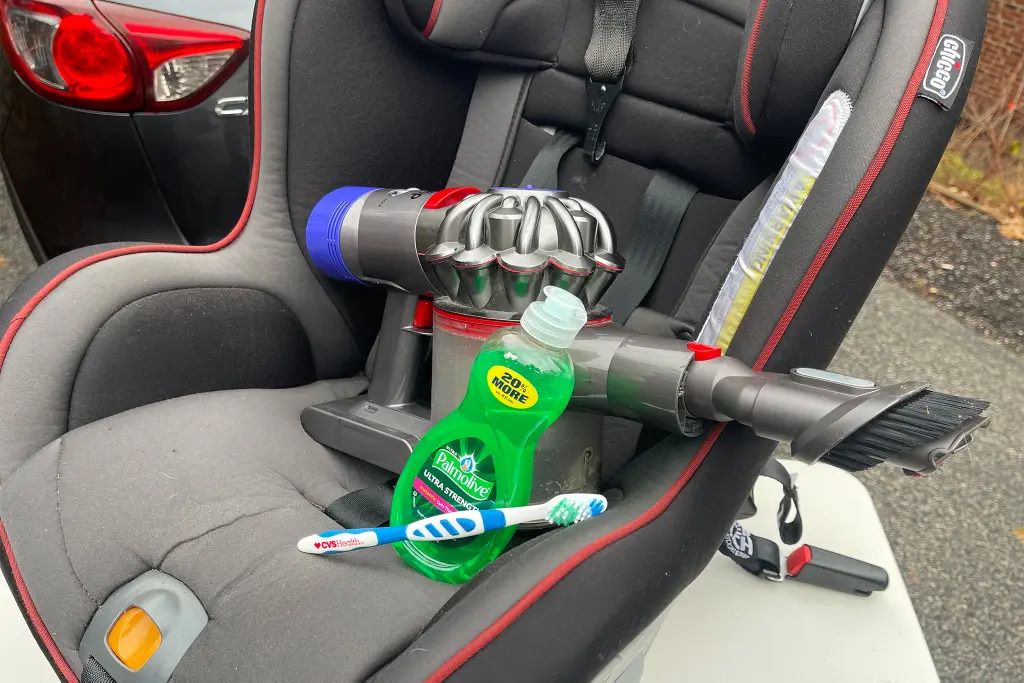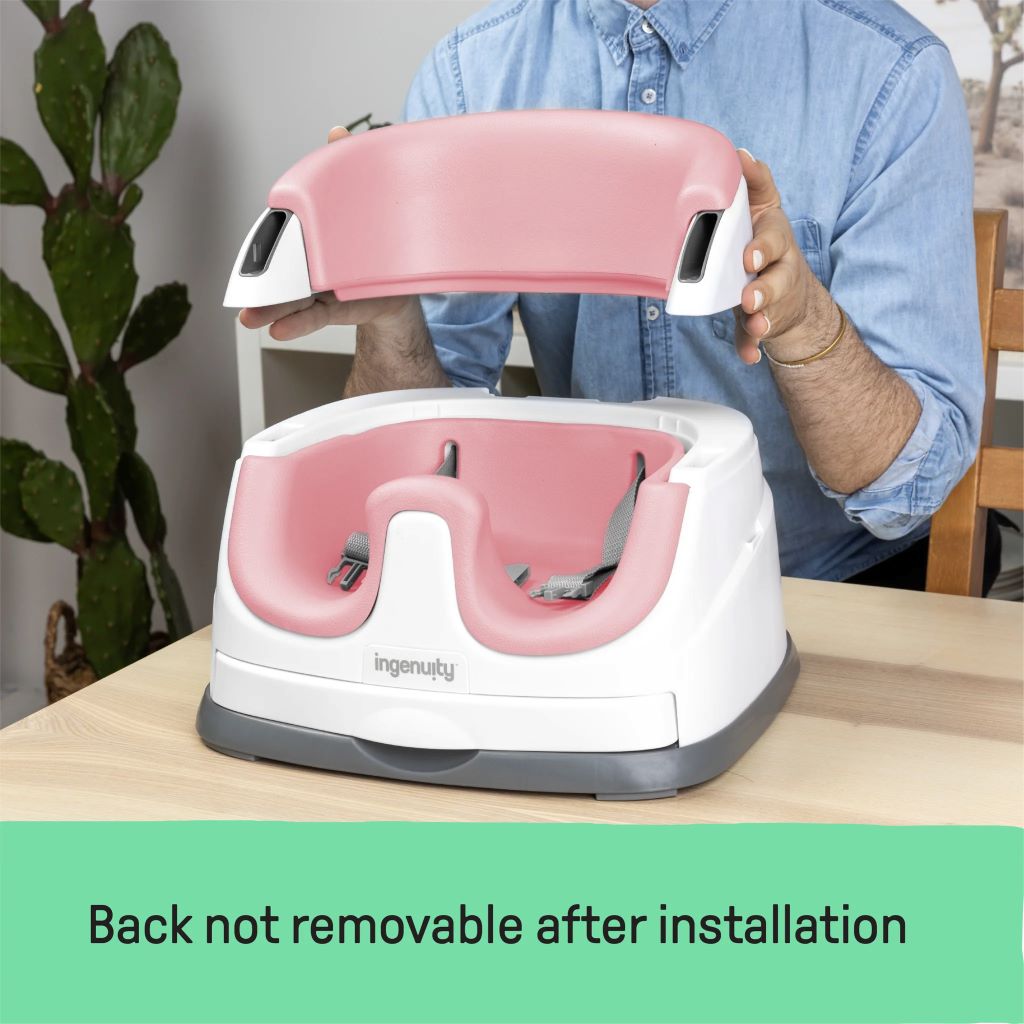A baby floor seat can be a lifesaver for parents, offering a safe and supportive spot for your little one to observe the world, play, and even enjoy mealtime. But with so many options on the market, how do you choose the best one for your baby? This comprehensive guide explores the must-have features, essential safety guidelines, and even some creative DIY projects for those who love a personal touch.
Must-Have Features for a Perfect Baby Floor Seat
When choosing a baby floor seat, consider these key features:
1. Sturdy Base and Wide Footprint:
- Stability is paramount. Look for a seat with a wide base and non-slip feet to prevent tipping, even with a wiggly baby.
- Consider the floor surface. Some seats are better suited for carpets, while others excel on hardwood or tile.
2. Supportive and Comfortable Seat:
- Proper posture is key. The seat should provide adequate back and neck support to help your baby maintain an upright position.
- Comfort matters. Look for a seat with soft, breathable fabric and ample padding. Consider features like adjustable recline for added comfort.
3. Engaging and Interactive Toys:
- Stimulate development. Choose a seat with a detachable toy tray featuring colorful, age-appropriate toys that encourage reaching, grasping, and sensory exploration.
- Variety is the spice of life. Look for toys with different textures, sounds, and colors to keep your baby entertained.
4. Easy to Clean and Maintain:
- Spit-up happens. Opt for a seat with a removable, machine-washable cover for easy cleaning.
- Consider the material. Some materials are more stain-resistant and easier to wipe clean than others.
5. Portability and Storage:
- Lightweight and compact. Choose a seat that is easy to move around the house or take with you on the go.
- Easy storage. Look for features like foldable designs for convenient storage when not in use.
Safety Guidelines: Keeping Your Baby Secure
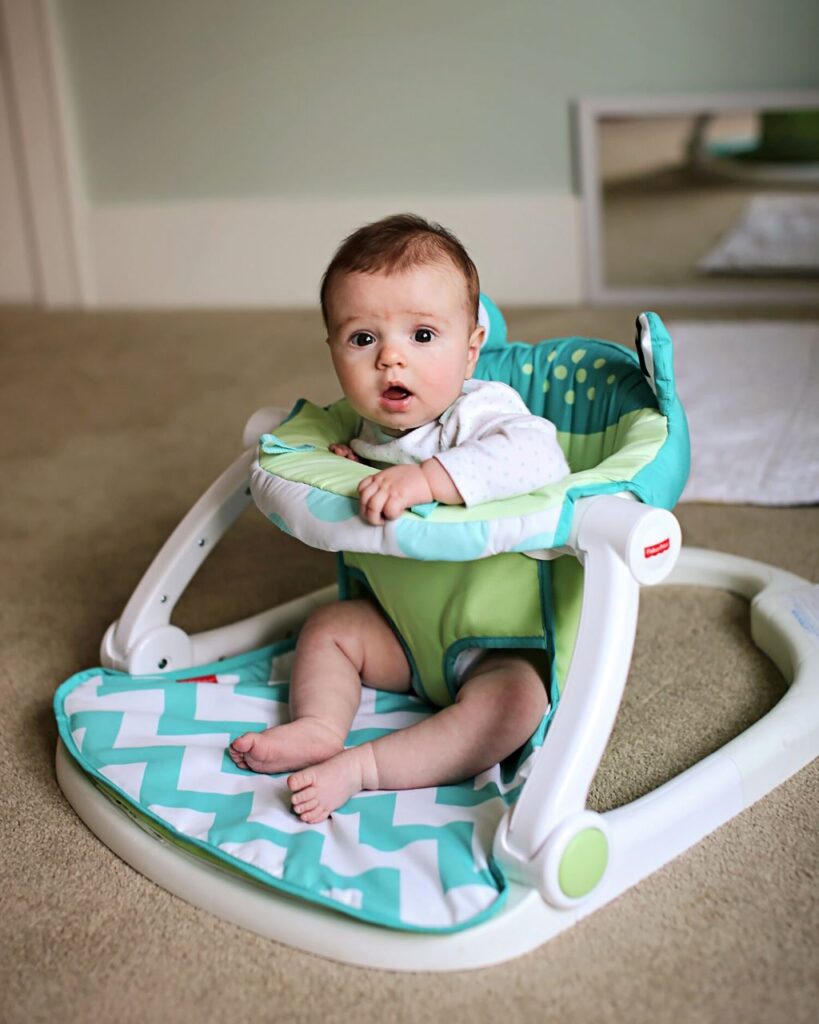
While baby floor seats offer convenience, safety should always be the top priority. Follow these essential guidelines:
- Age and Weight Limits: Always adhere to the manufacturer’s recommended age and weight limits. Never use a seat for a child who is too young, too old, or exceeds the weight limit.
- Supervision is Key: Never leave your baby unattended in a floor seat, even for a moment. Always keep them within sight and reach.
- Secure Placement: Place the seat on a flat, stable surface away from stairs, furniture edges, and other hazards. Avoid placing it on elevated surfaces like tables or countertops.
- Proper Positioning: Ensure your baby is properly secured in the seat with the harness fastened snugly. Adjust the seat to provide adequate support and prevent slouching.
- Regular Inspection: Inspect the seat regularly for any signs of damage, wear and tear, or loose parts. Discontinue use if any issues are found.
Unleash Your Creativity: DIY Baby Floor Seat Projects
For the crafty parents, creating a DIY baby floor seat can be a rewarding experience. Here are a few ideas to inspire you:
1. Upcycled Denim Floor Seat:
- Materials: Old jeans, sturdy fabric for lining, stuffing, sewing machine.
- Process: Cut the legs off the jeans and sew them together to form a circular base. Create a comfortable seat cushion with stuffing and fabric, and attach it to the base. Add straps for extra security.
2. No-Sew Floor Seat from a Laundry Basket:
- Materials: Sturdy laundry basket, soft blanket or fabric, pillows or cushions.
- Process: Line the laundry basket with a soft blanket or fabric. Add pillows or cushions for support and comfort. Ensure the baby is secure and cannot climb out.
3. Personalized Floor Seat Cover:
- Materials: Existing baby floor seat, fabric of your choice, sewing machine or fabric glue.
- Process: Measure and cut the fabric to fit your existing floor seat. Sew or glue the fabric together to create a custom cover. Personalize it with your baby’s name, favorite characters, or patterns.
Important Note: While DIY projects can be fun, prioritize safety. Ensure any materials used are non-toxic and safe for babies. Reinforce seams and attachments for durability, and always supervise your baby while using the DIY seat.
Read More: When Can Baby Use a Sit-Me-Up Floor Seat? A Complete Guide for Parents
Beyond the Basics: Maximizing the Benefits
A baby floor seat can be more than just a place to sit. Here are some ways to maximize its benefits:
- Tummy Time Fun: Place your baby in the seat facing forward, allowing them to engage in supervised tummy time while being supported.
- Interactive Play: Use the seat as a base for interactive play with your baby. Sing songs, read books, and engage in face-to-face interaction.
- Mealtime Support: For babies who can sit upright, a floor seat can be used for supported feeding. Always supervise closely and ensure the seat is stable.
- Exploration and Learning: Position the seat in different areas of your home to provide your baby with varied visual stimulation and opportunities to observe their surroundings.
By choosing the right baby floor seat, following safety guidelines, and exploring creative DIY options, you can provide your little one with a safe, comfortable, and engaging space to grow and develop. Remember, a floor seat is a tool to enhance your baby’s experiences, but it should never replace loving interaction and supervision.
Read More:
UpSeat Baby Floor Seat: A Booster Chair for Your Little One’s Development
Ingenuity Baby Floor Seats: A Comprehensive Guide for Parents
